Part 1: Reveal to Clean
This week marks the official opening of Lexington’s Town Branch Commons, a 2.2 mile separated bikeway that runs from Rupp Arena to the old East End. First proposed in 2013, the Commons has always operated through a sort of linguistic sleight of hand.
There are the commons, lower case c, notable as a place where cultural and natural resources like air, water and a habitable earth are made accessible to all members of a community (commoners) and which are collectively managed for collective benefit. This is the humble commons that Lexington leaders hope you hear when they refer to our city’s newest bikeway that has been set symbolically atop Lexington’s Town Branch waterway. Open. Earth-based. Accessible to all. Mutually beneficial. Diverse.
But Lexington did not create the Town Branch commons. Rather, on the recommendations and support of some of the least common people around here, we got the Town Branch Commons, capital C. This Commons was designed to be “world class” and set amidst the most expensive real estate in the city and region.
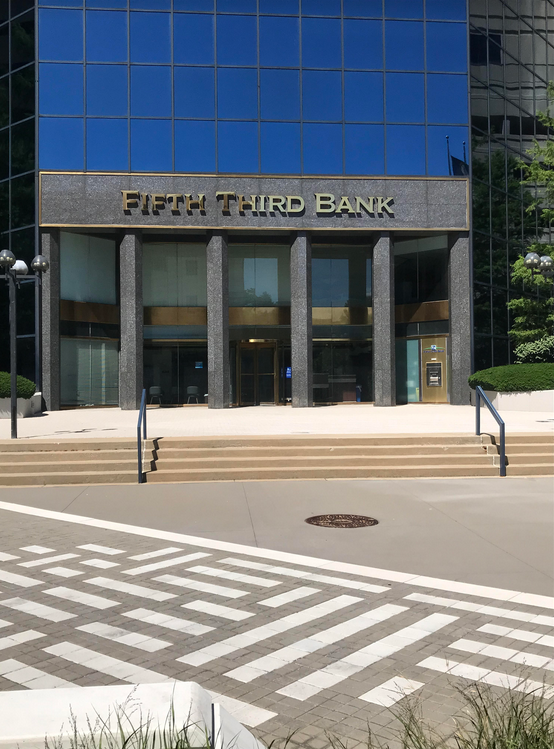
This Commons has been given a genuinely sovereign $75 $85 million budget ($34 million$38.5 million/mile!) to implement a set of plans developed by a MacArthur Genius-winning landscape architect based out of Brooklyn.
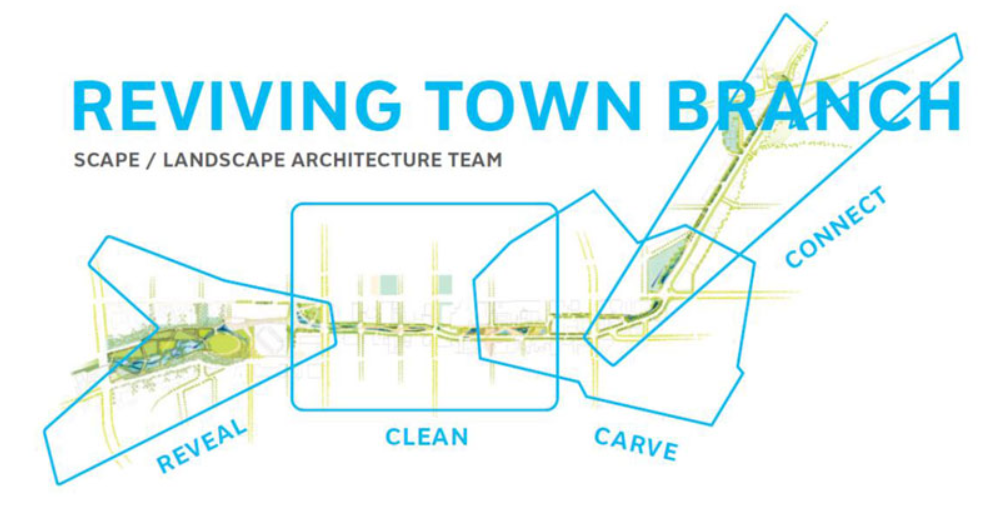
This Commons, our Commons, is so complex it has taken 10 years to complete (1 mile every 4.6 years!) and includes $10 million (so far) in cost-overruns alone–a sum that equates to about a half-decade’s worth of city investments in our decidedly not-world-class Affordable Housing Trust Fund.
The below photo-essay follows Lexington’s Town Branch Commons from Rupp to the MET, documenting the decidedly unhumble real estate that oversee it. (For more on this choice of directionality, see Town Branch by rheotaxis.)
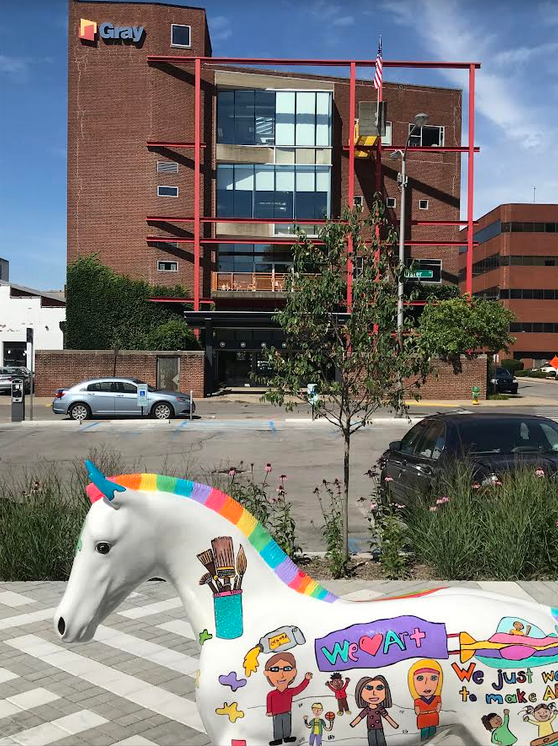
It seems superficially true that my town’s Commons are available to all who reside in this city. This is largely because even after all the lavish city upgrades, the route from Vine to Midland remains as it always was, a common sidewalk and streetscape used by people of all walks of life.
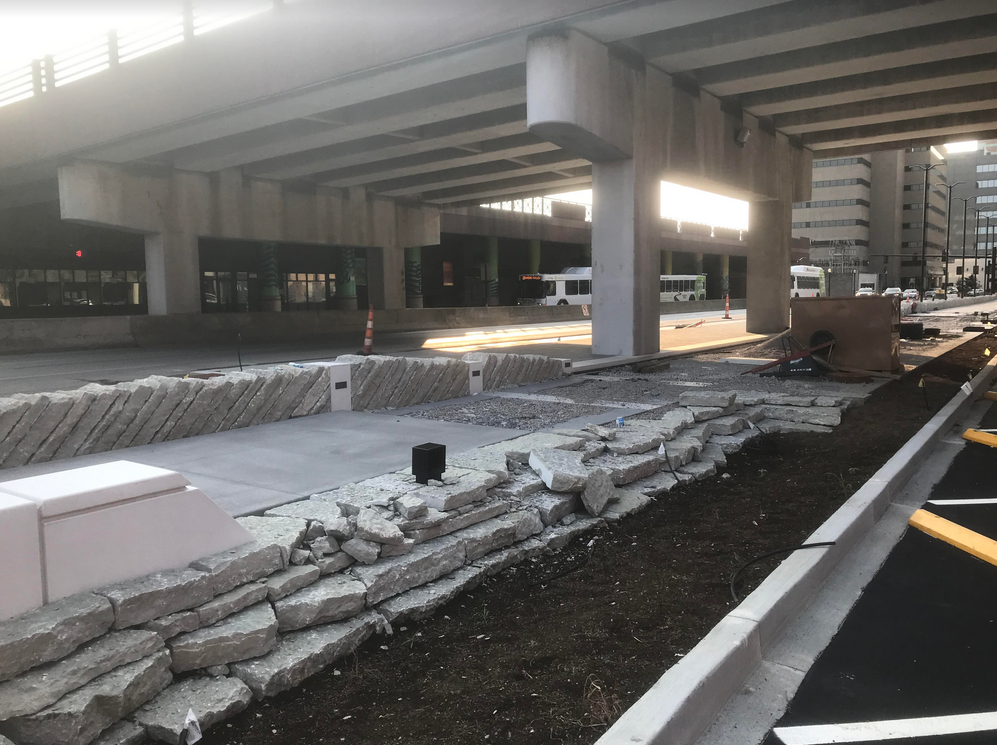
But the photos below betray a certain suppressed Orwellian corollary to the trail project that has guided it since inception. All are granted access to the commons, yes, and the least common shall be granted the most.
Reveal: The Rupp Gold Standard
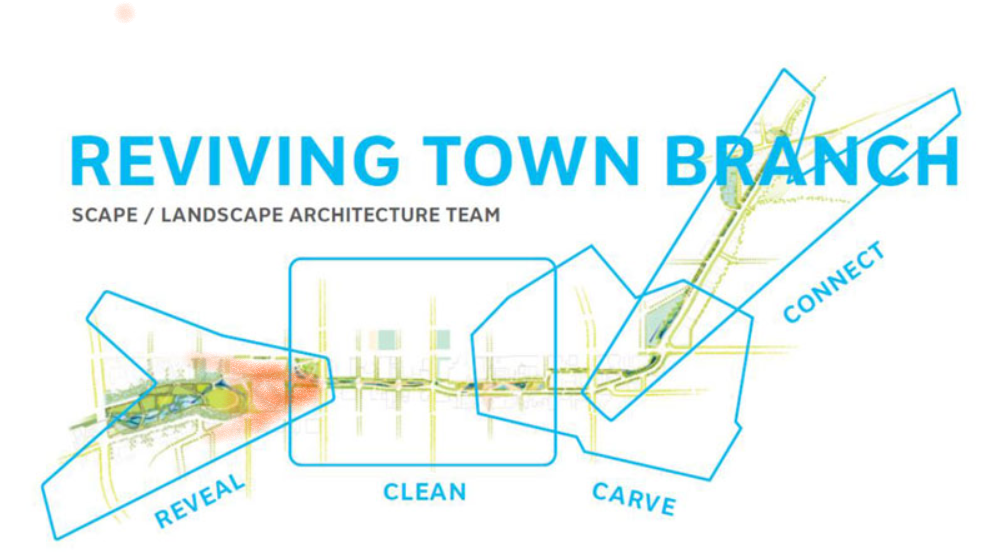
This Town Branch Commons real estate tour begins at the intersection of Broadway and Vine Street. Looking west across Broadway, the trail’s Reveal section is anchored nearly exclusively by Rupp Arena and Convention Center.
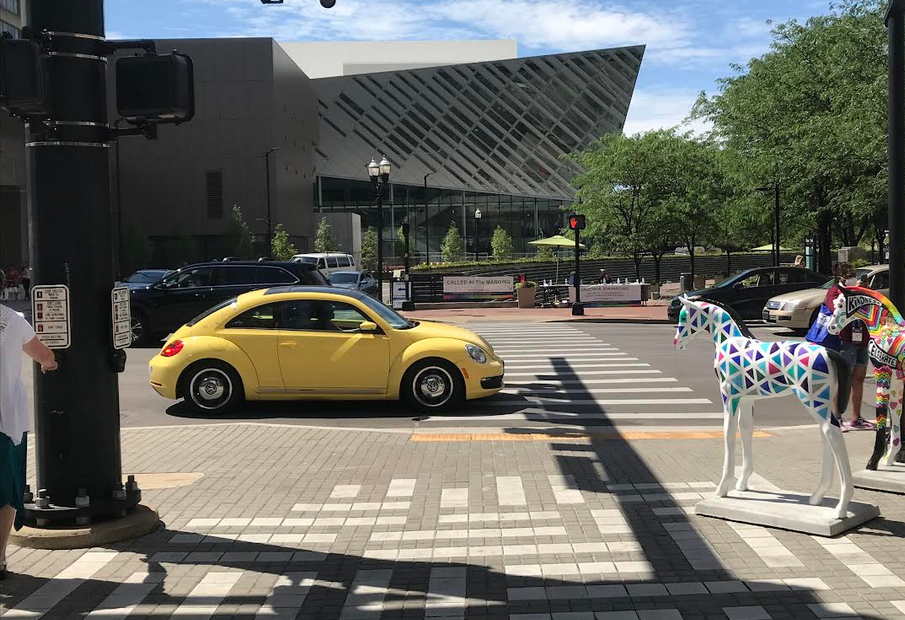
Rupp’s primary tenant is the University of Kentucky Athletic Association, which is led by Mitch Barnhart ($1.2 million salary) and includes as employees the football coach Mark Stoops ($6 million) and the basketball coach John Calipari ($8.2 million), whose men’s team plays home games there.
In 2011, Barnhart sat on the 47-member Rupp Arena Arts and Entertainment District Task Force, which greenlighted what became a $350 million renovation of the arena and convention center. Barnhart was joined on this committee by former UK basketball coach Joe B. Hall, former players Jamal Mashburn and Sam Bowie, and a few private sector board members of the Lexington Center, the quasi-public/private partnership which manages Rupp.

If there is any question regarding the motives behind constructing Lexington’s $75 million $85 million Commons, here is Rupp Task Force board member Craig Greenberg, now running for Mayor of Louisville. Greenberg gives the big reveal on the support-the-Cats-at-all-costs mindset that has guided Lexington’s Commons from start to finish.
[G]ood design can lead to a great finished product and great energy in and around the project itself. If you’re going to do a world class arena as Coach Calipari said that it should be ‘the gold standard,’ it has to be a wonderful building as well. The focus can’t just be on what’s on the inside but the outside and just as importantly how it fits in with the surrounding neighborhood.
Craig Greenberg
Clean: Banks & Hotels
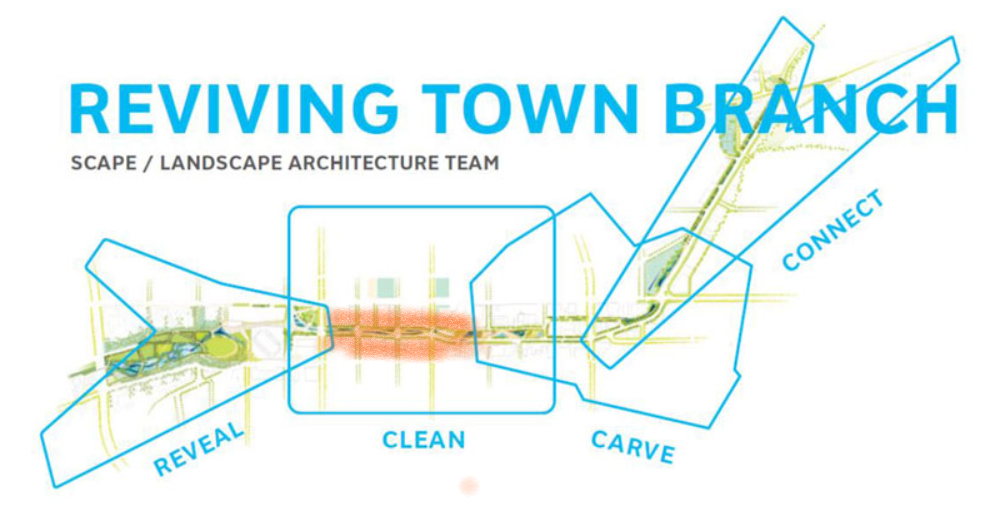
Across from Rupp Arena, the Clean Commons run east down Vine Street, beginning at the Hilton Hotel. This was the first Commons section to be started and opened to the public (er, commoners).
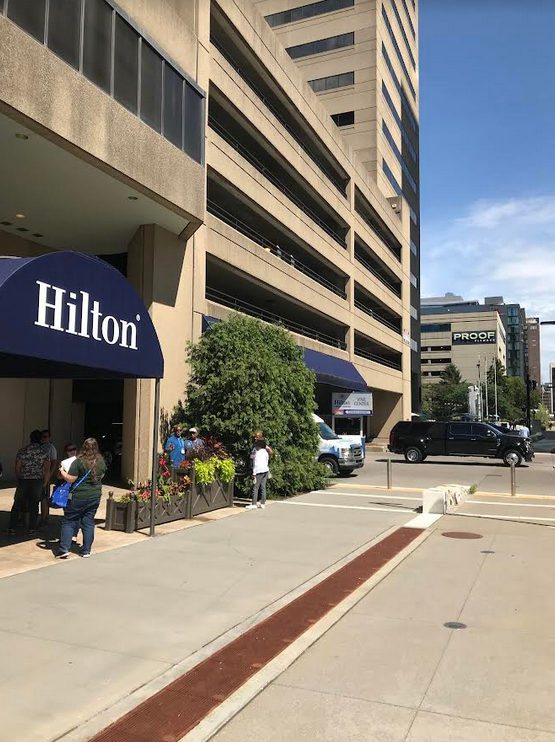
The Hilton is one of two large corporate hotel chains that touch both Rupp and the Commons. Across Broadway in the Reveal Commons, the Hyatt building is structurally connected to Rupp Arena and its $350 million renovation.
After the Hilton, Clean Commons pass through a grove of banks and related finance companies. First up is Republic Bank at the Vine Center, owned by the Webb Companies.
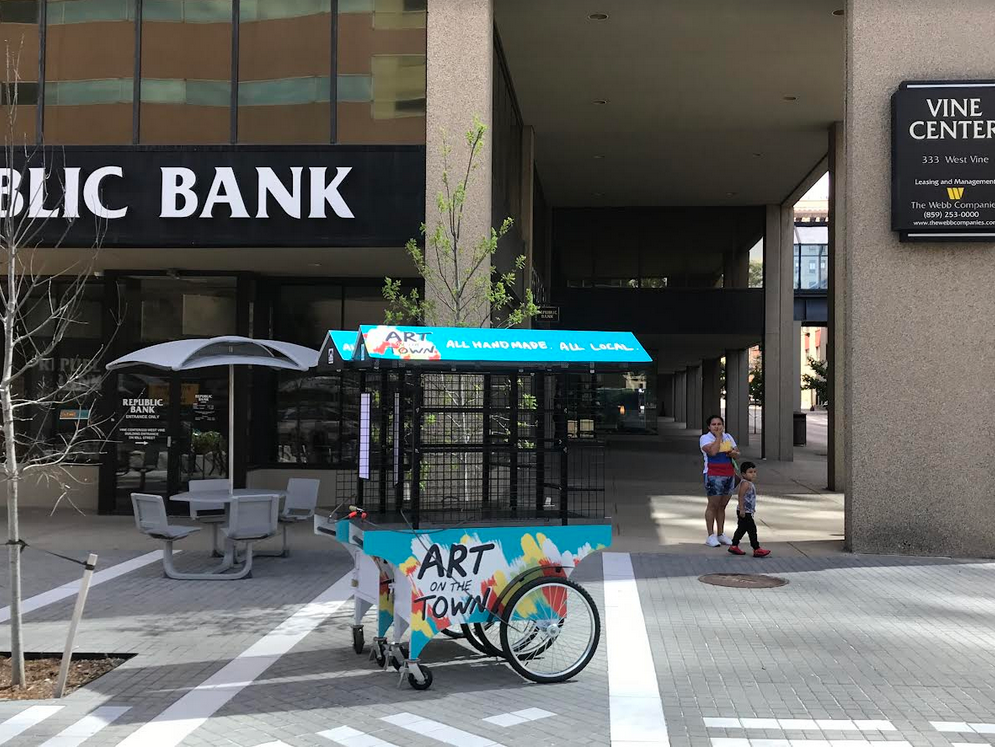
The Webb Companies, like the University of Kentucky Athletics Association, had a seat on the city’s 2011 Rupp Arena Task Force, and in 2022 the Webb Companies were also chosen to develop Rupp’s surface parking lots, for which it will receive roughly $50 million in Tax Increment Financing.
Before leaving behind Republic Bank, take a look across Vine Street to the Central Bank Building.
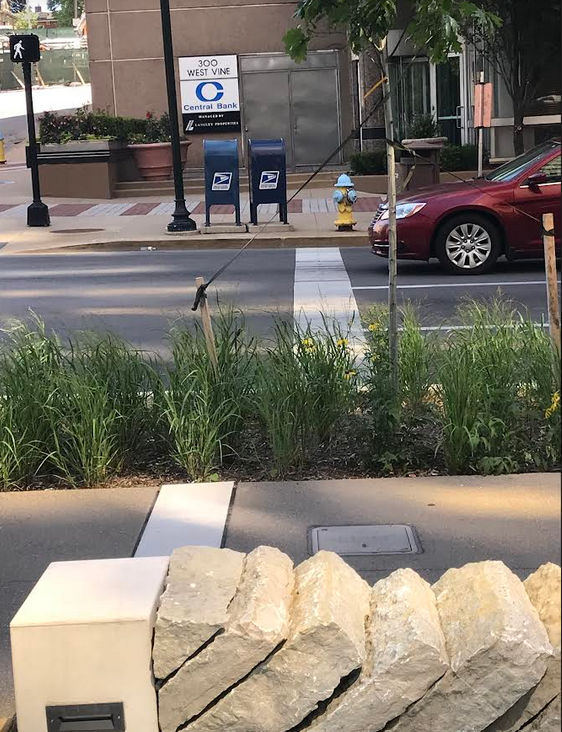
Then-Central Bank CEO Luther Deaton also had a seat at the 2011 Rupp Task Force. Deaton chaired the subcommittee tasked with finding ways to finance the $200-350 million project in the midst of the Great Recession.
My town’s scholars of the built environment may note the red-and-white brick pattern that runs in front of Central Bank. This is last decade’s hip trail that ran along Vine Street to Rupp Arena. It was constructed in 2010 as urban infrastructure for the World Equestrian Games (the Olympics of non-thoroughbred horse-eventing, or something).
From Republic Bank, continue east along Clean Commons and across Mill Street to arrive at the trail’s third bank location, Fifth Third Bank, which rents space in the iconic Big Blue Building that (nach!) is also owned by the Webb Companies. Fifth Third Bank was chosen as the Commons location for “Stand,” a $500,000 spinoff public sculpture idea unveiled in 2020 that celebrates women’s suffrage.
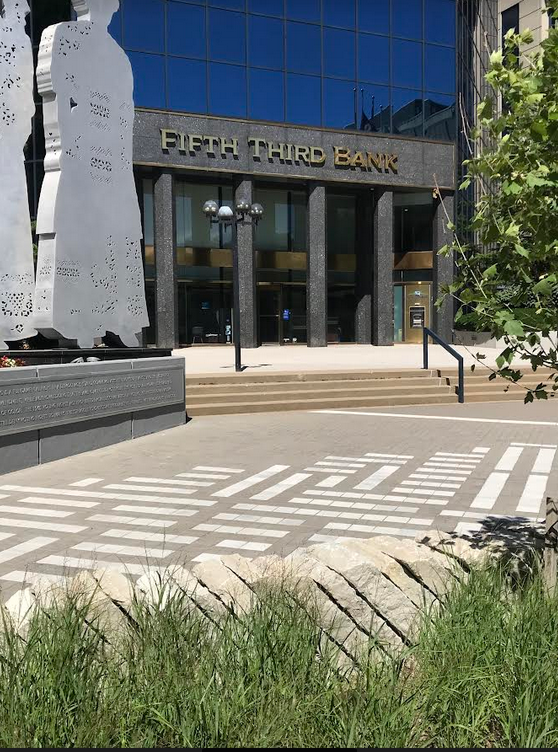
Urbanists will note the well-designed iconic white-and-gray cross-hatch work, which unites all four of the Commons sections (Reveal, Clean, Carve, Connect).
Continue east along the Commons past the second Clean Commons parking deck to arrive at the Mainous & Grant building, which sits unassumingly at the corner of Vine and Upper. Mainous & Grant houses the Ohio Valley Financial Group, which in 2015 merged with BankTrust Financial to form Field and Main Bank, making Ohio Valley the 4th Clean Commons financial institution.
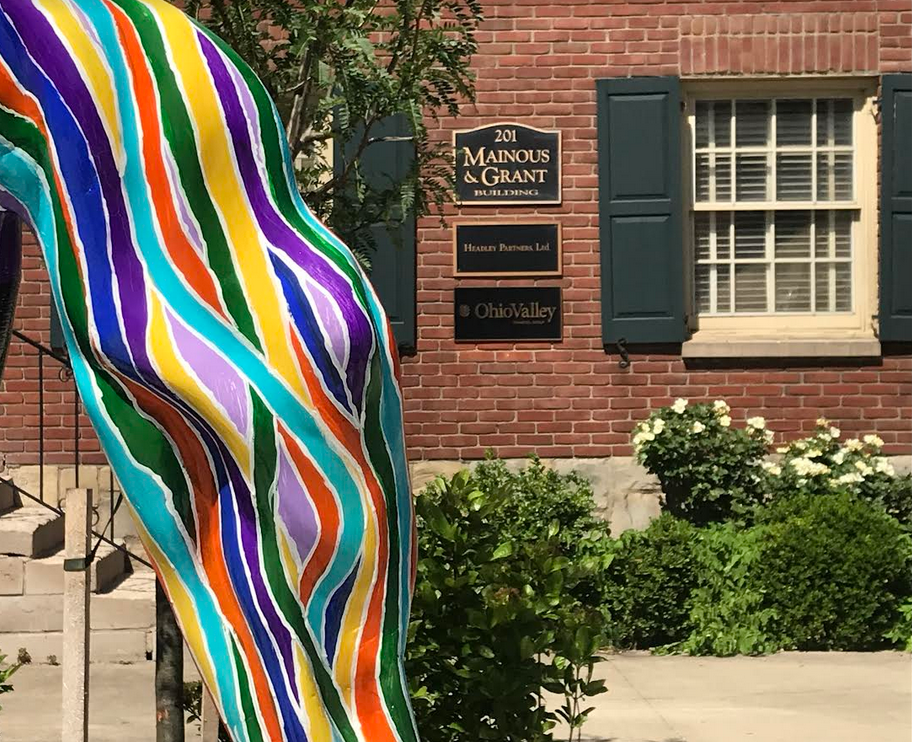
(Field and Main has separate downtown Lexington offices. These reside along the Commons at the junction between Carve and Connect, on land that has received Tax Increment Financing. But we’re not there yet.)
Across Vine Street from Ohio Valley are two more bank-related institutions. First is Truist Bank (bank #5), in whose reflection is the Webb Companies’ parking deck and Fifth Third Bank that reside directly on the Commons.
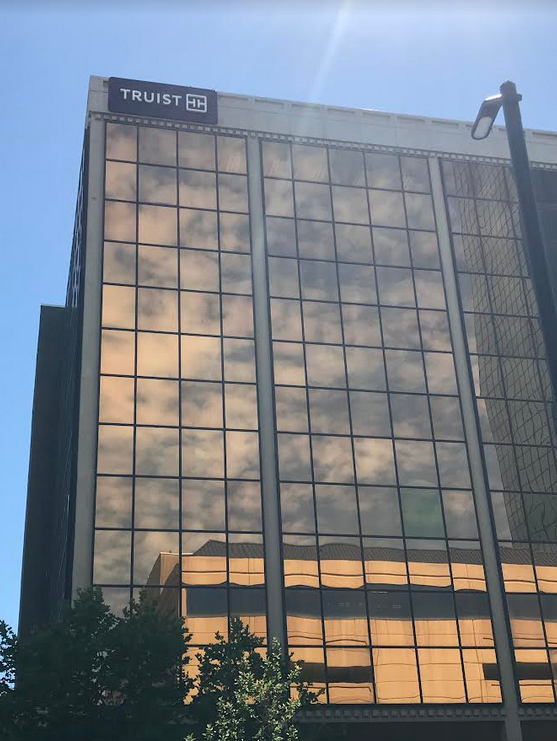
Next to Truist is McGriff, which is technically not a bank but an insurance broker.
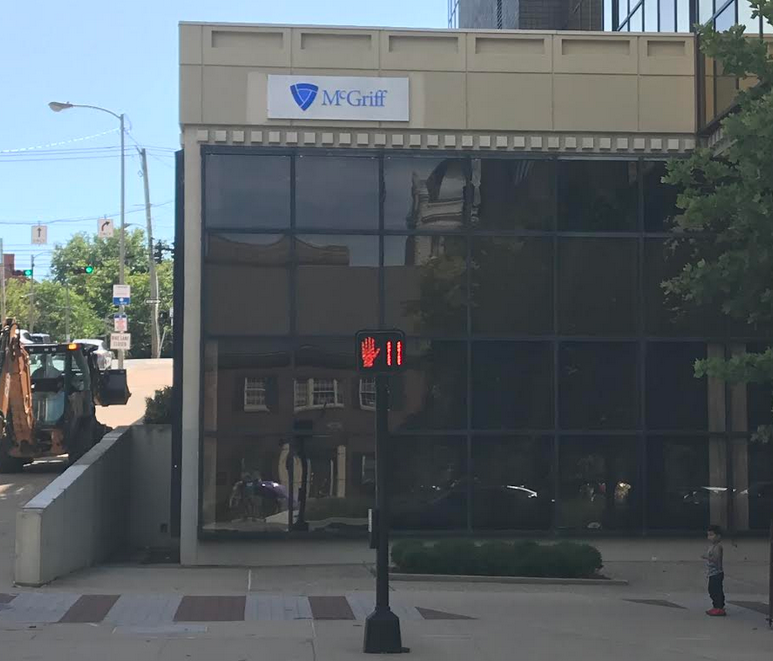
Note the use of the red-and-white brickwork from the WEG-era trail along Vine. This 2010-era block style is markedly different than the ScapeLandscape-designed pale white crosshatch work employed on the Commons trail across the street to symbolically mimic rock fences.
Back on the Commons, our gold standard bike trail continues east across Upper Street to the City Center block. City Center is home to two more hotels, both owned by Marriott: A Marriott proper, and a Residence Inn by Marriott.
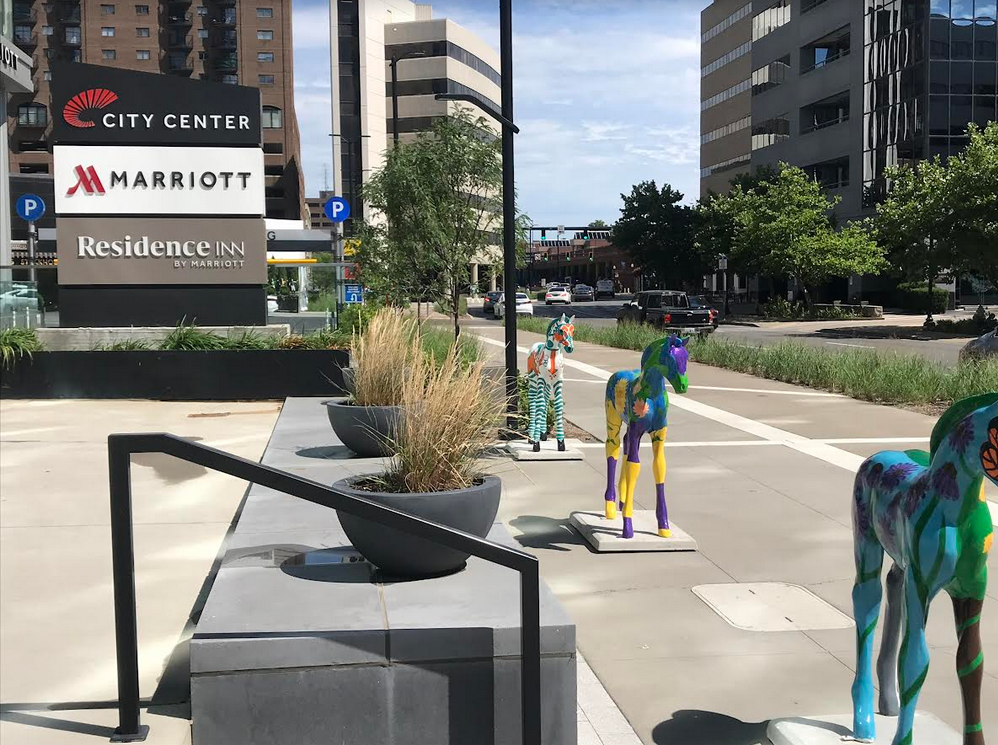
City bondsman may know City Center by its original name, CentrePointe, which in 2014 received $50 million in city and state Tax Increment Financing. The TIF money allegedly goes to paying the bond on the second third fourth parking deck commoners will encounter along the Clean Commons. This garage stretches six stories underground the two Marriotts.
City Center is the second (but not last) Tax Increment Financing project located along the Commons. It is also the second Commons Tax Increment Financing project awarded to the Webb Companies, who seem to embody my town’s some get more Commons ethos.
Across Vine Street from City Center, two more financial companies line the old WEG trail, signified by the red-and-white brickwork near the crosswalk. First, Old National Bank, bank #6 along the Clean Commons.
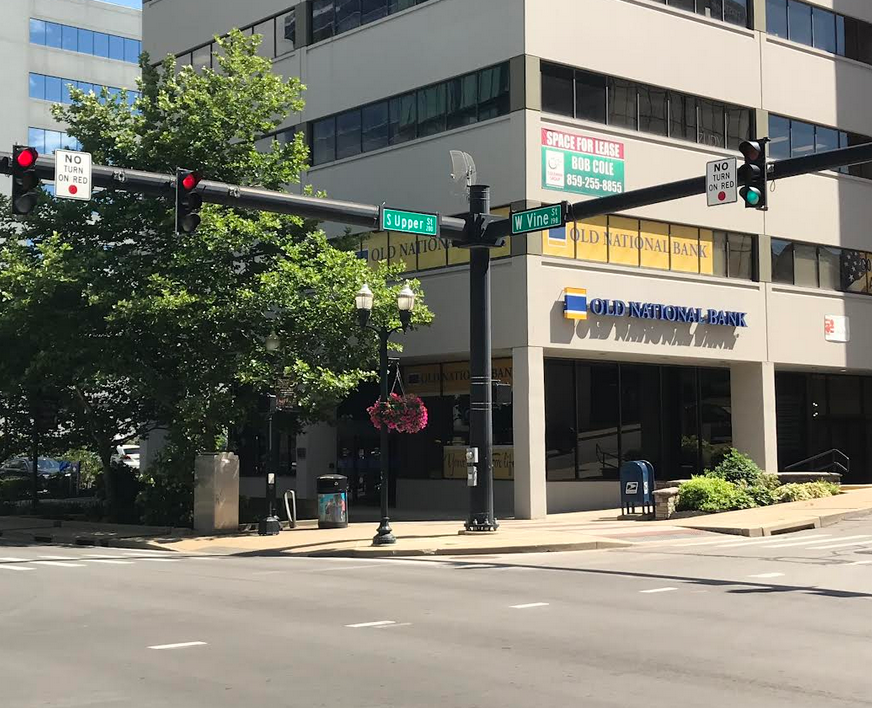
Next comes WealthSouth (#7!), a spinoff of Farmer’s National Bank of Danville, Kentucky, that is focused on concierge financial services. WealthSouth is also the sponsor of the We Were Here project in Danville.
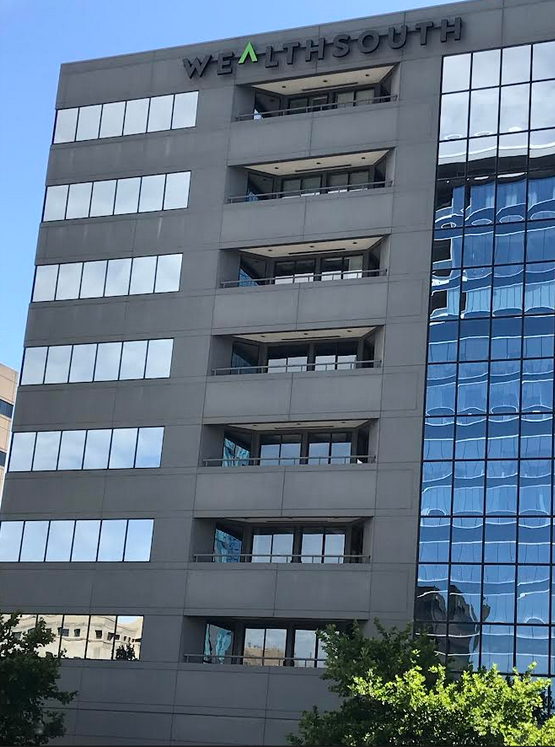
Clean Commons terminate at the intersection of South Limestone. Here, on both sides of Vine, trail users are provided food options. On the Commons side of Vine is Jeff Ruby’s Steakhouse, where a NY Strips run around $50.
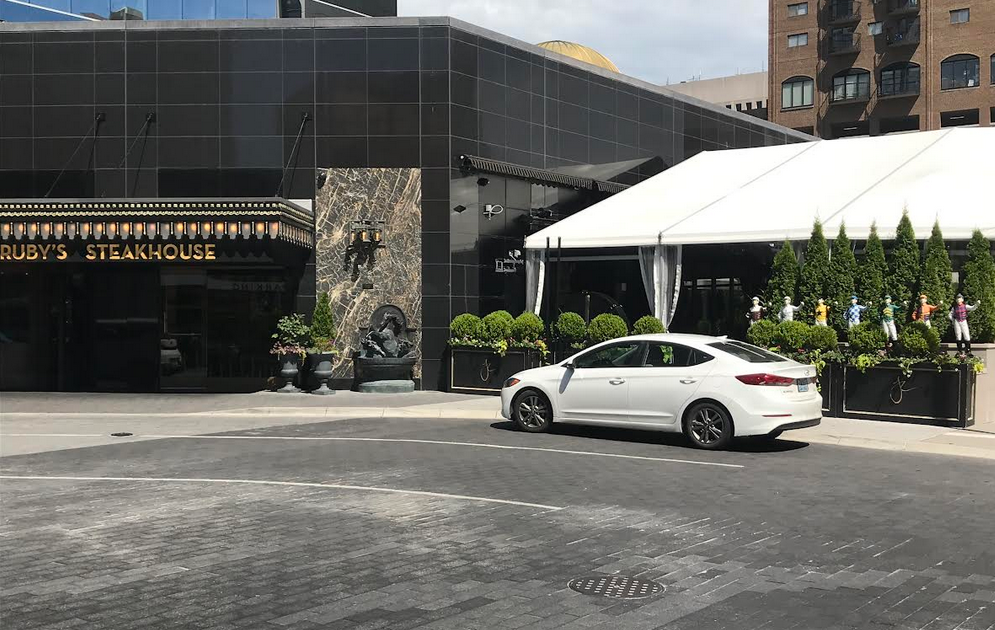
Jeff Ruby’s is part of the Webb Companies’ City Center TIF zone. Across Vine Street where the old WEGer Trail ends (urbanists will again note the signature white-and-red brick motif), Ethereal Brewing Public House provides a somewhat more modest array of $6 beers and $16 burgers and brats.
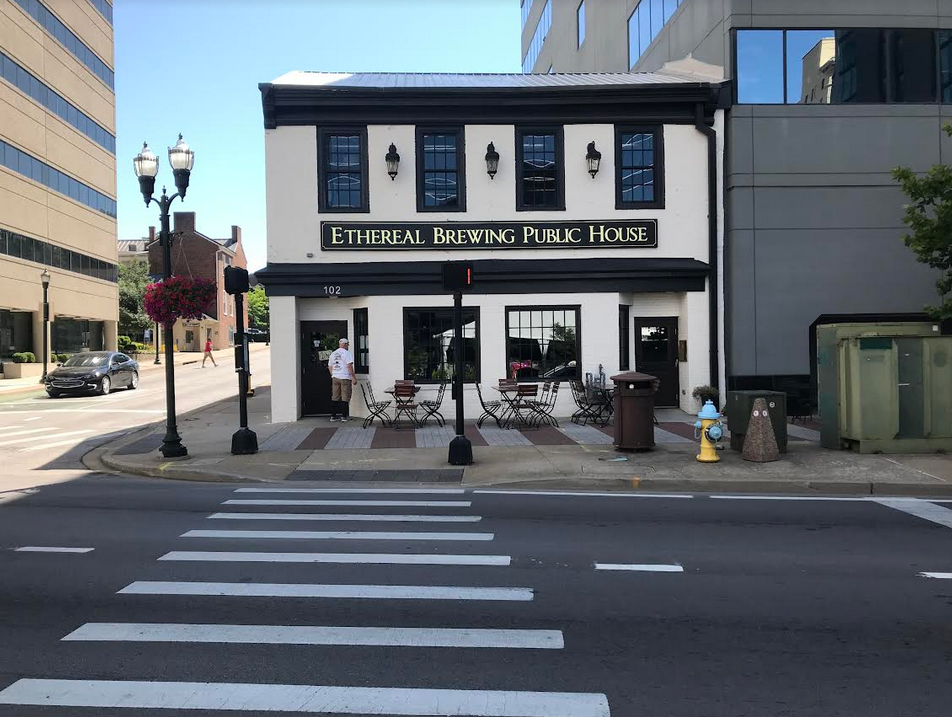
Looking backwards
Our Clean Commons feature 7 banks, 4 parking garages, 3 hotels, and 2 restaurants.
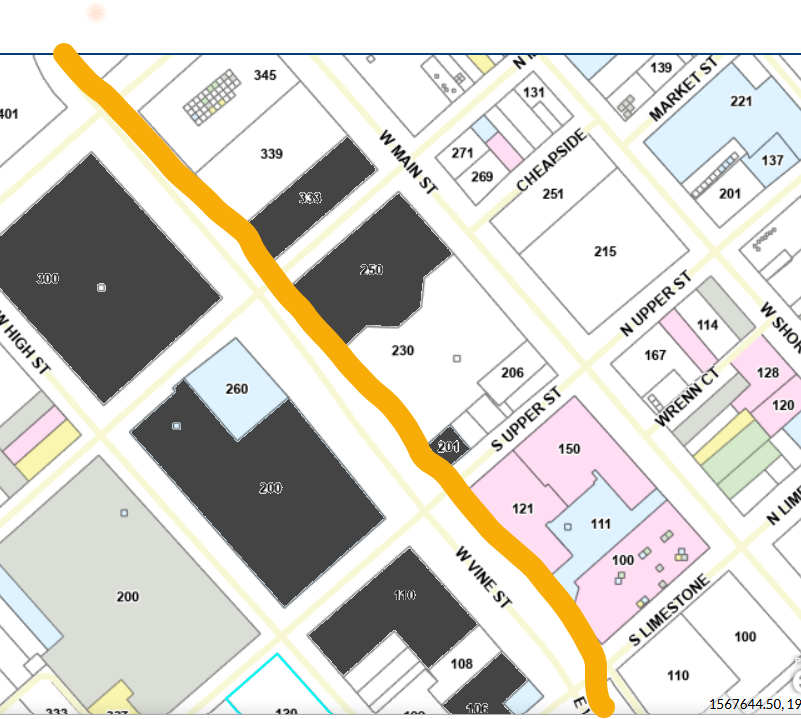
Clean Commons features 1 TIF project, one or more insurance companies, many representatives from the city’s 2011 Rupp Arena Task Force, and a monument to women’s suffrage.
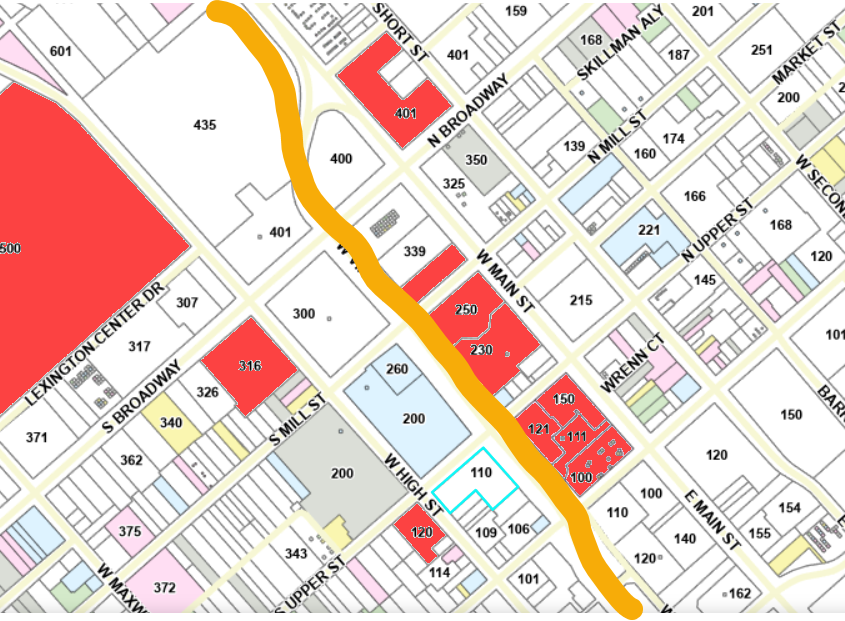
All told, Clean Commons run roughly three-tenths (0.3) of a mile. In this westward view of them, all the major players arise from the margins like modern palisades. In the deep center, the Rupp Reveal.
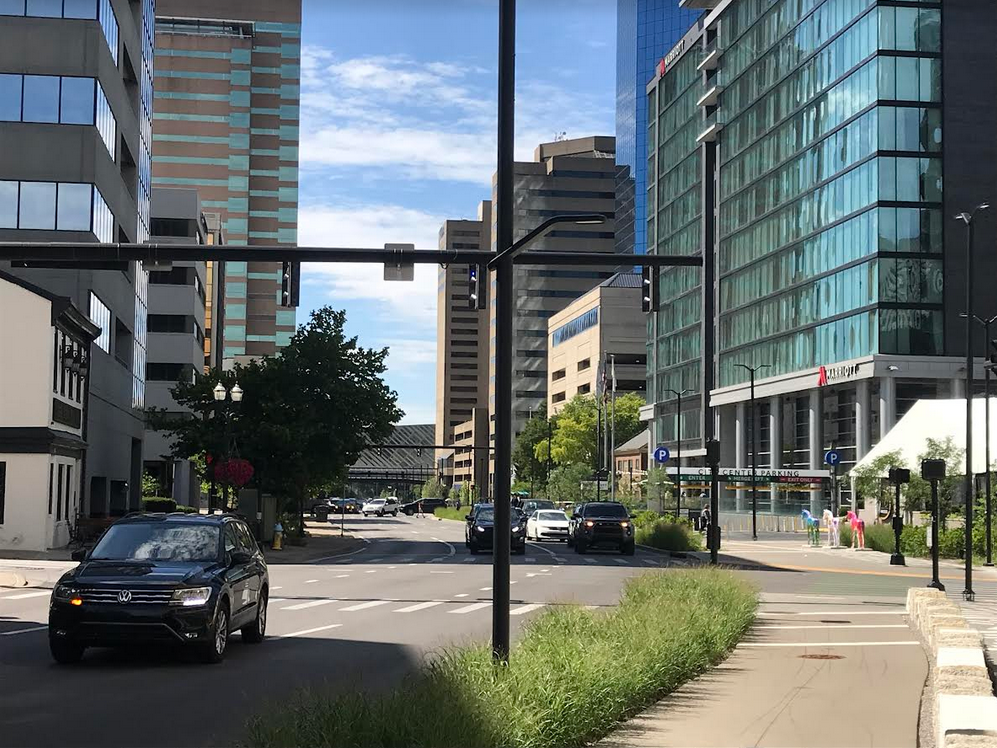
All may access the commons, yes, and the least common shall be granted the most.

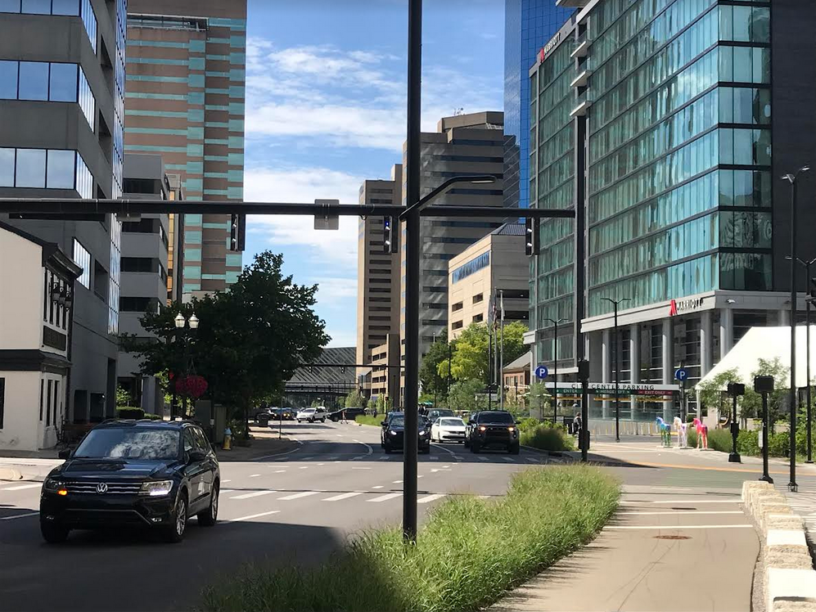

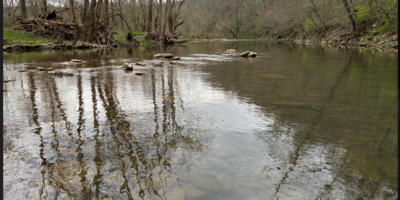

1 Pingback